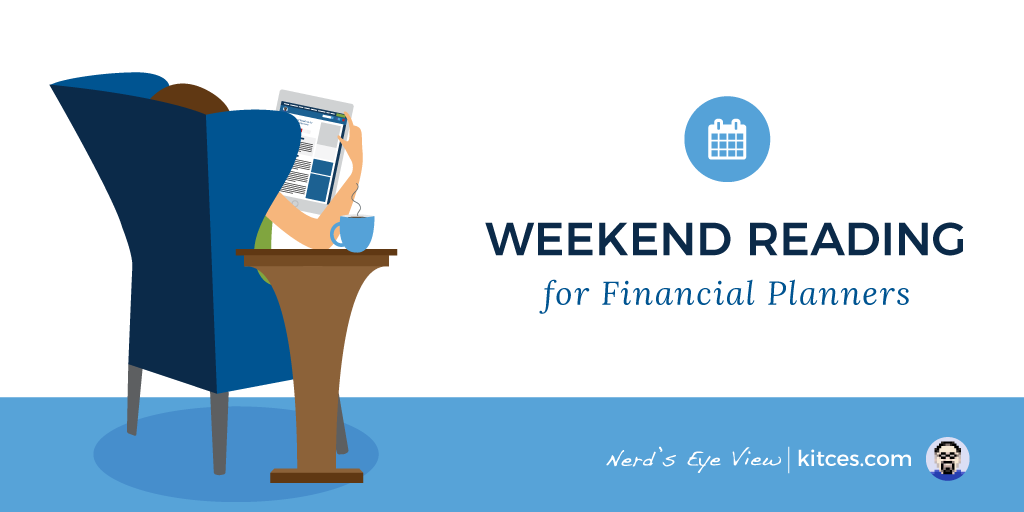Enjoy the current installment of “Weekend Reading For Financial Planners” – this week’s edition kicks off with the news that the SEC issued a risk alert highlighting areas of increased focus regarding its new marketing rule for upcoming examinations, including whether there is clear disclosure of whether the person giving a testimonial or endorsement is a client or investor, if the promoter has been paid, and if there are material conflicts of interest. Among other highlighted areas of interest, the regulator also flagged whether certain “ineligible persons” have been compensated for testimonials or endorsements and advisors’ use of third-party ratings in advertisements.
Also in industry news this week:
- A recent survey suggests that while individuals who work with financial advisors find them to be valuable, those who have not worked with an advisor before do not necessarily understand the value an advisor can provide
- The SEC is considering a new rule regarding advisers’ use of Artificial Intelligence tools, while the Department of Labor said it is planning to release the latest proposed update to its ‘fiduciary rule’ in August
From there, we have several articles on investments:
- How advisors can add value for clients by evaluating the potential risks and benefits of investing in private credit funds
- Why higher interest rates could change the calculus for advisors for allocating client assets to cash-like instruments
- How performance data suggest that lower-cost bond funds tend to perform better and are less volatile than their pricier counterparts
We also have a number of articles on advisor fees:
- While charging based on Assets Under Management (AUM) remains the most popular fee model, many advisors are looking to retainers and other fee models to diversify their revenue stream and reach more prospective clients
- How advisors can help their clients save on taxes by strategically taking fees from client accounts in a tax-efficient manner
- Why improved advisor service levels and the broader inflationary environment could make now a good time for firms to consider raising their fees
We wrap up with 3 final articles, all about taking breaks:
- Best practices for how often to take breaks during the workday and what to do during them to promote focus and creativity
- How advisors can structure their daily calendars to build in breaks and enhance their productivity
- How managers can play an important role in creating an office culture where breaks during the day are not only accepted, but encouraged
Enjoy the ‘light’ reading!


